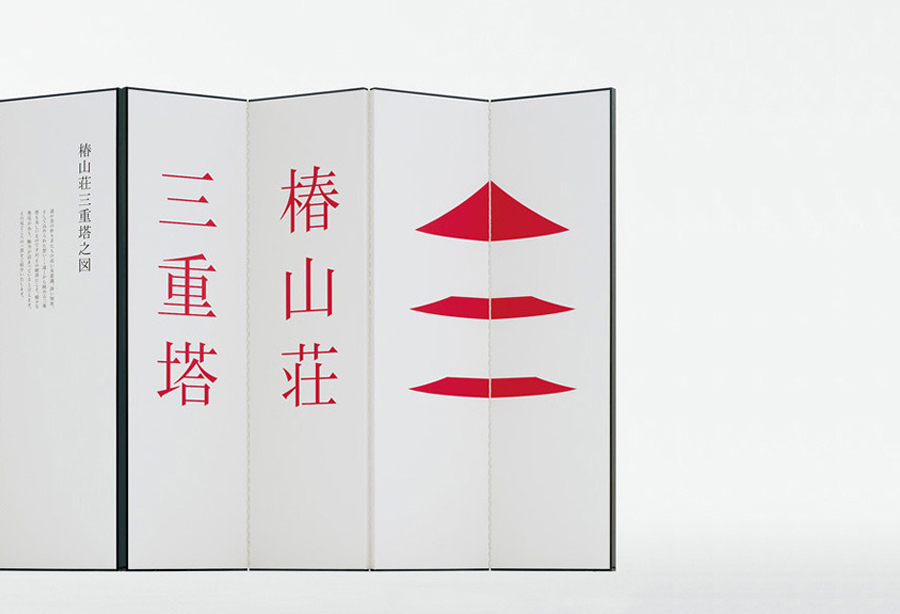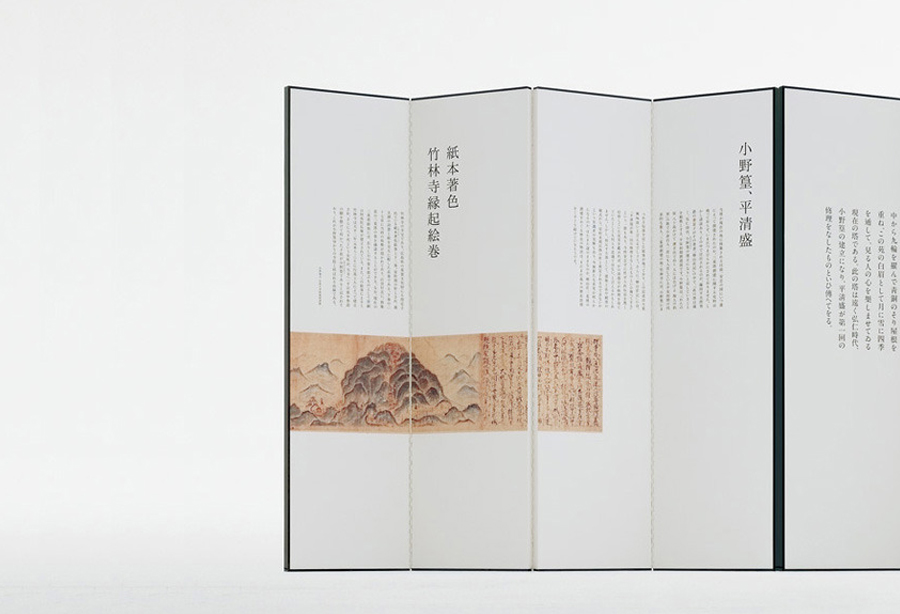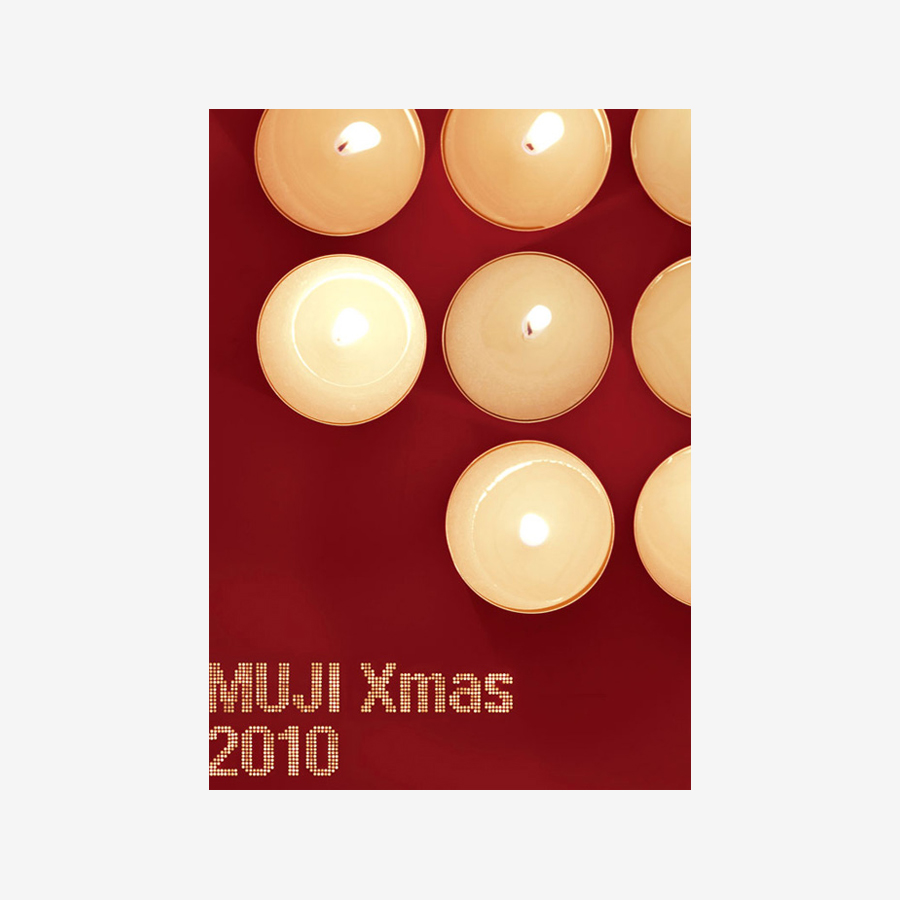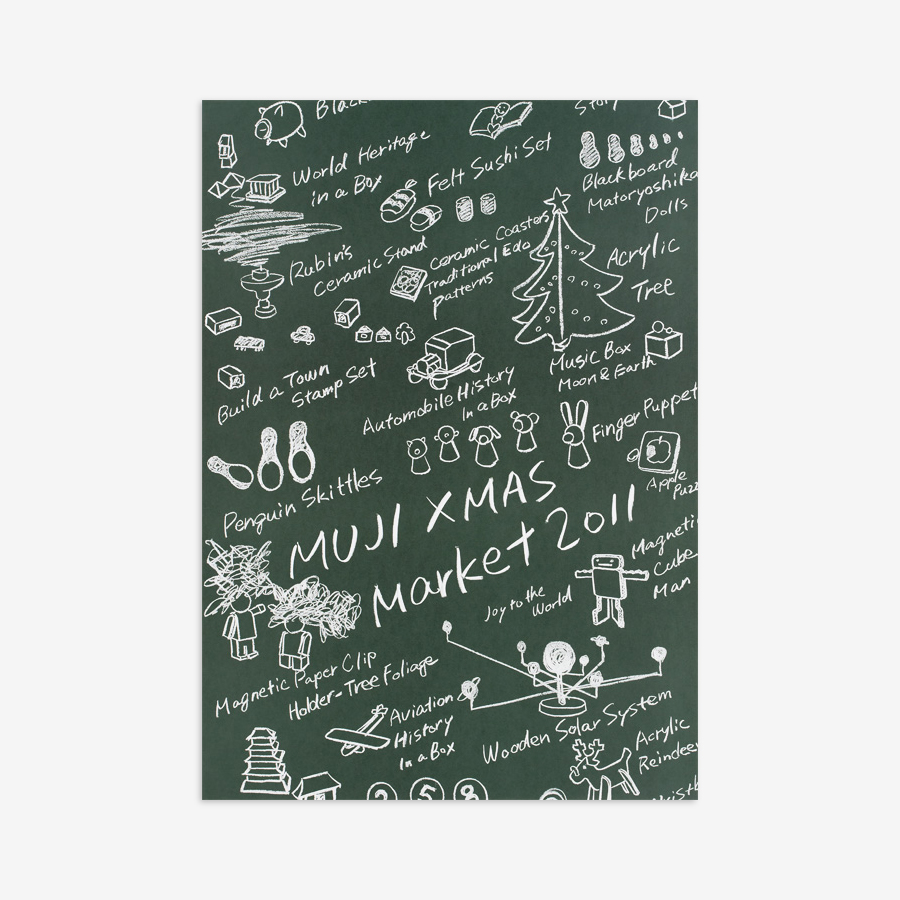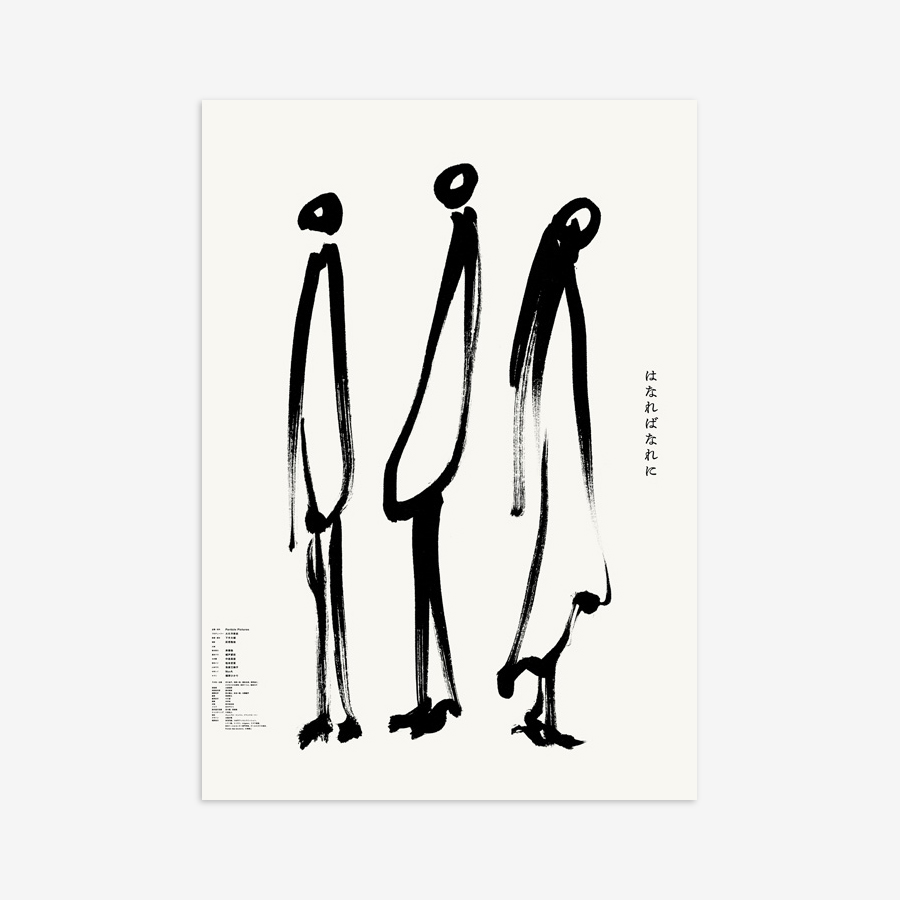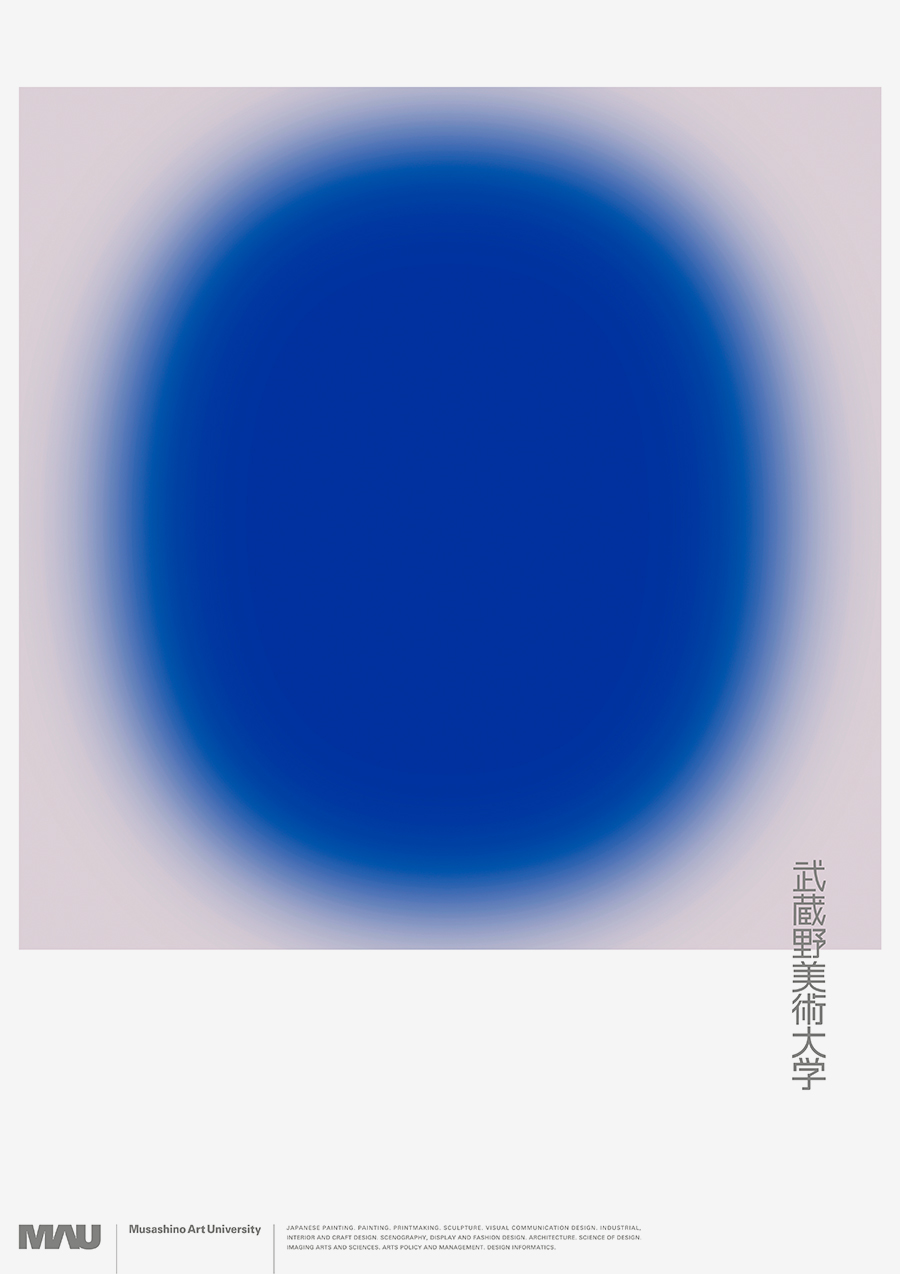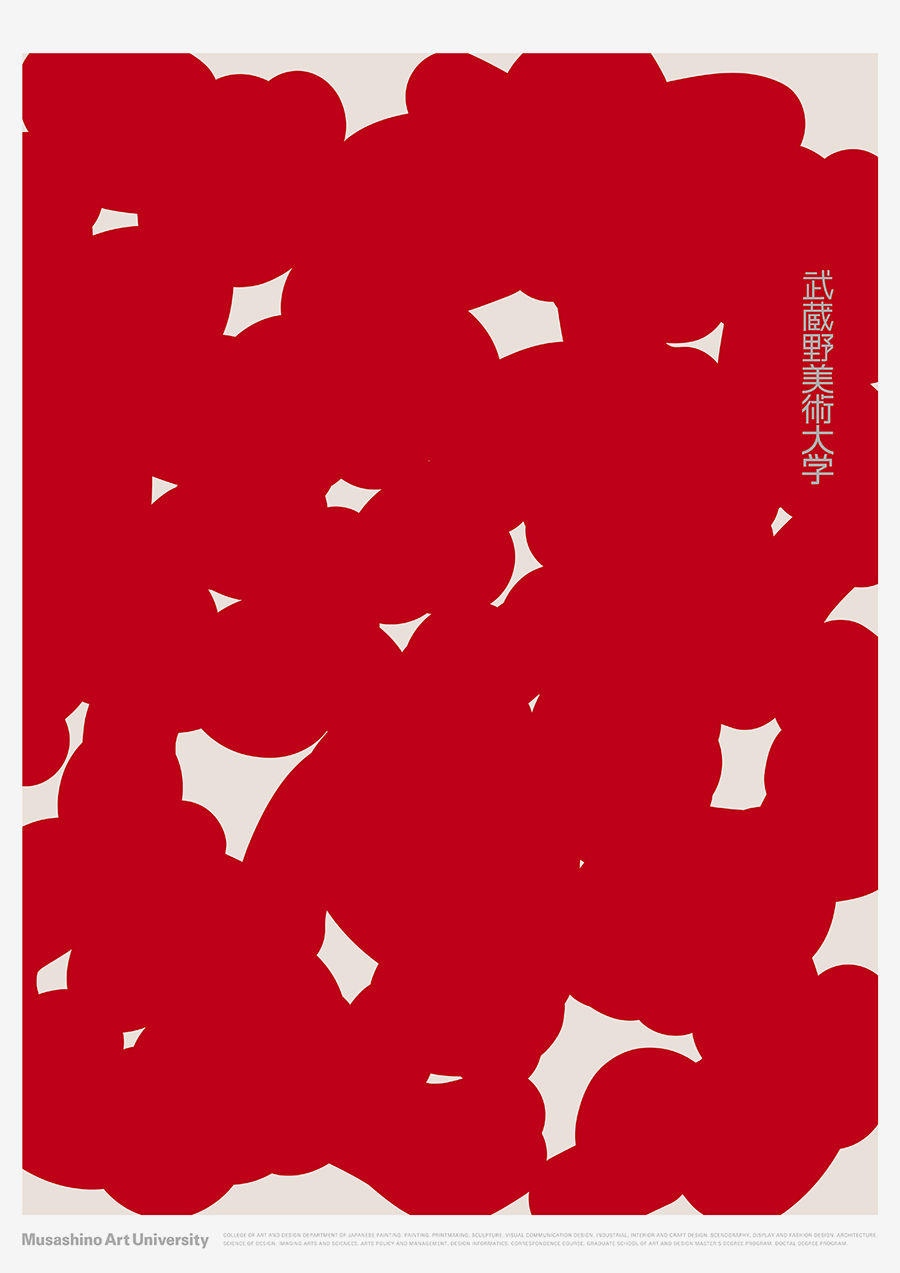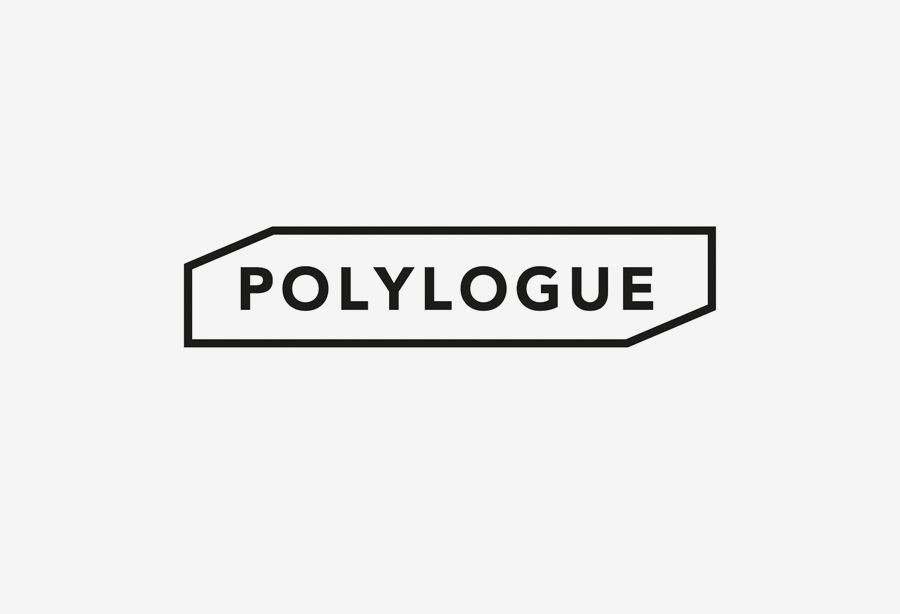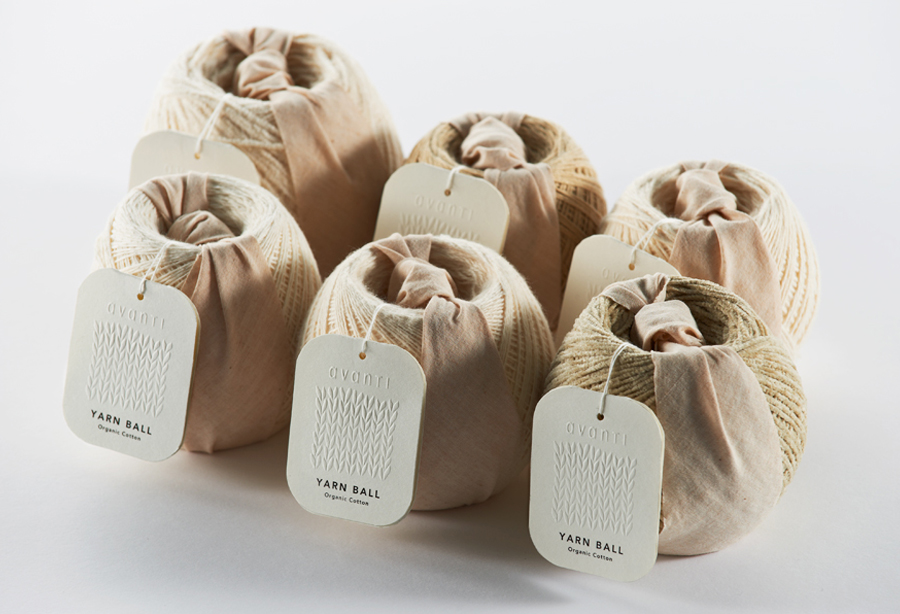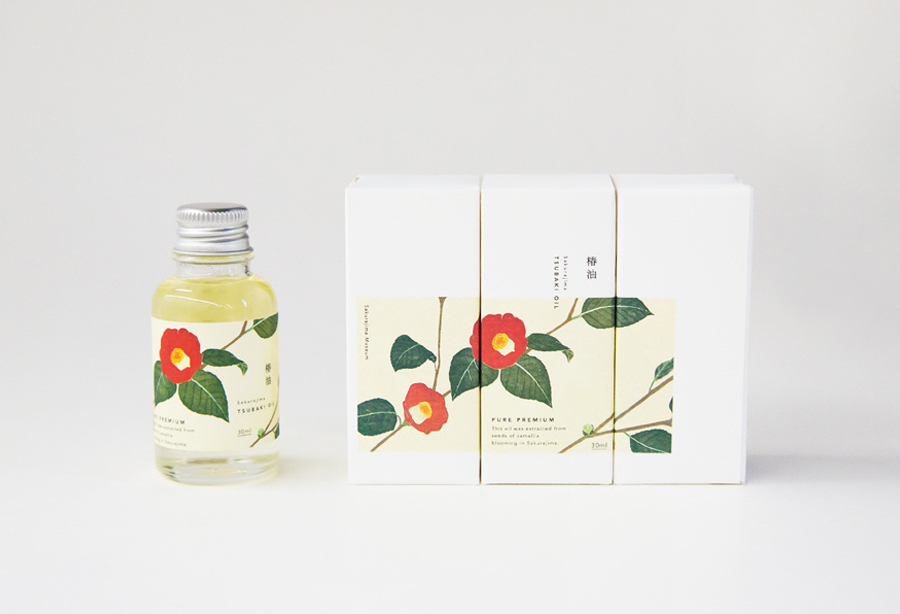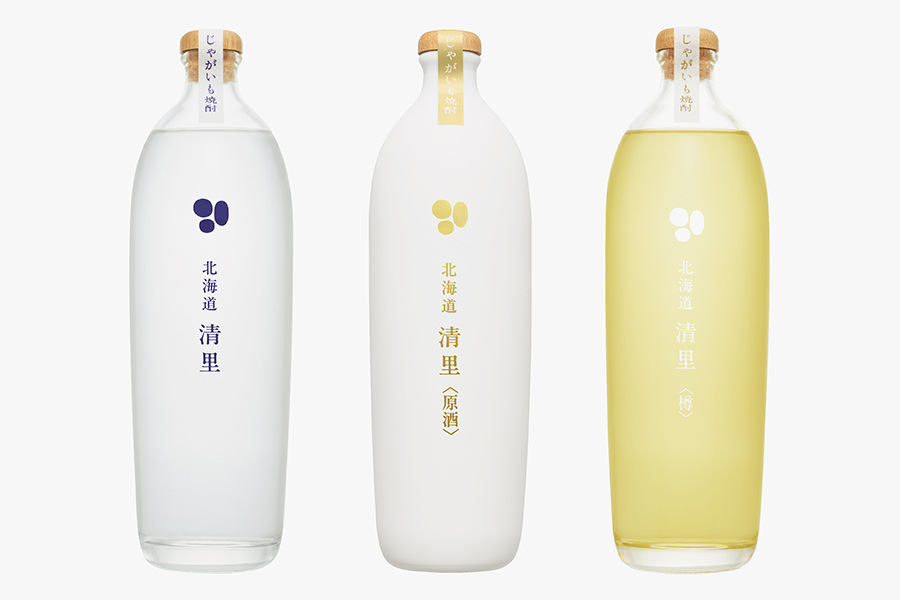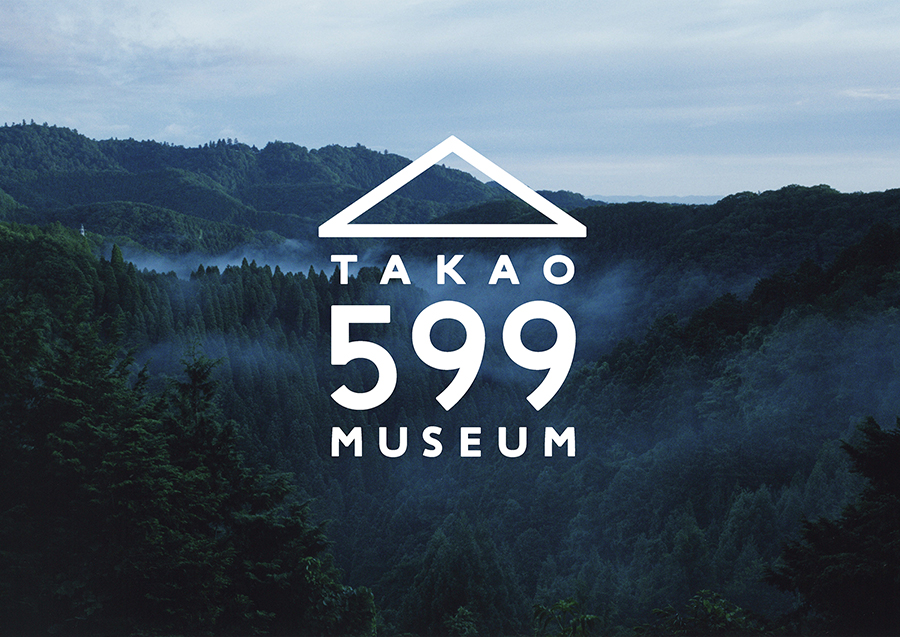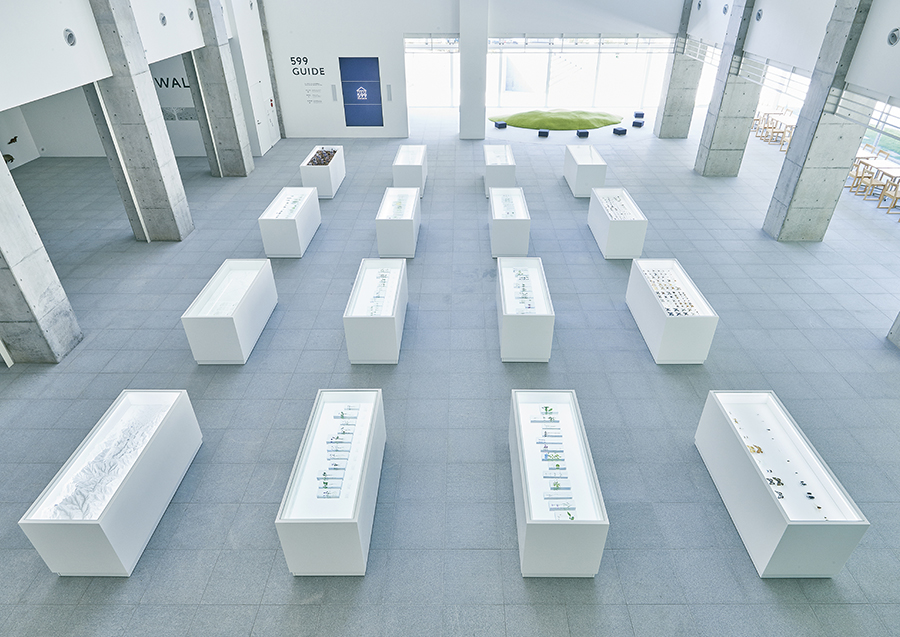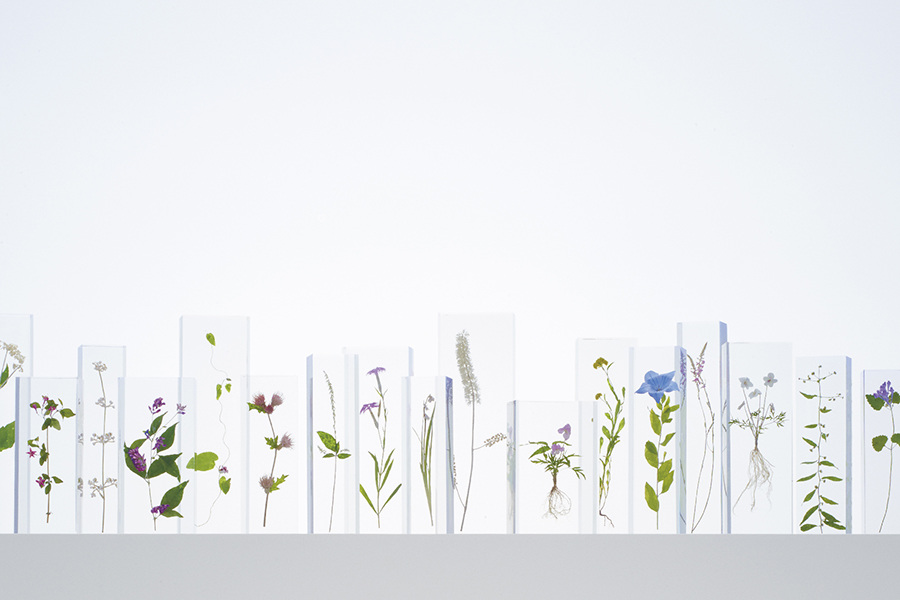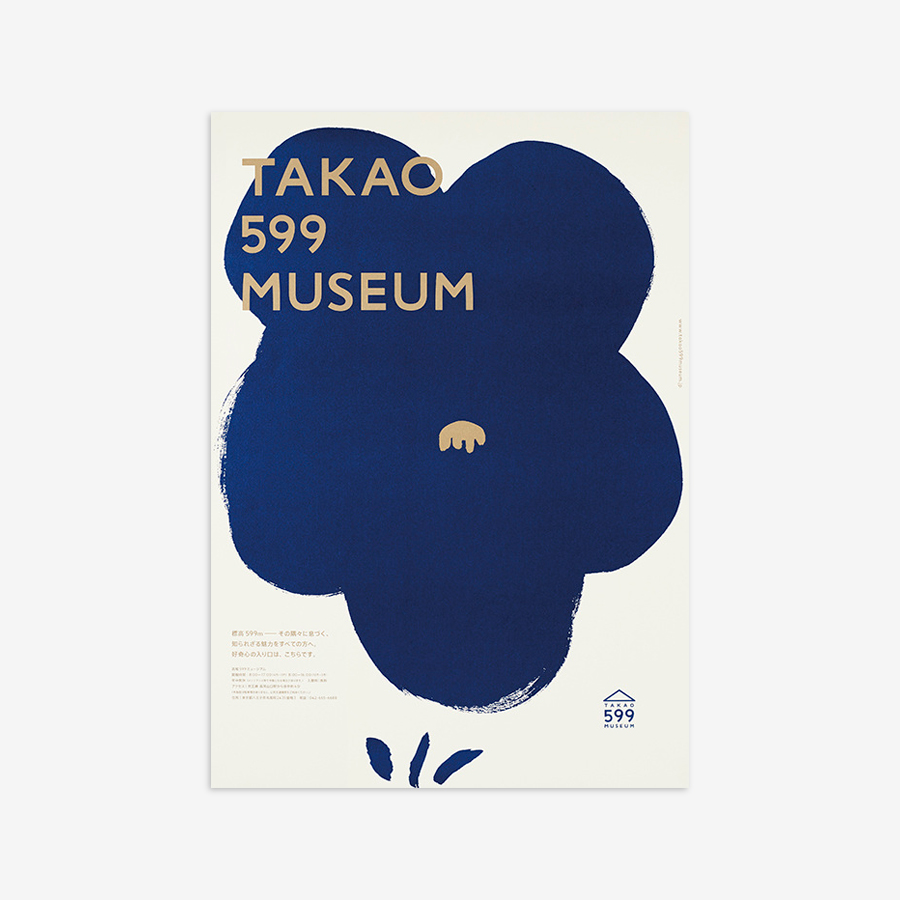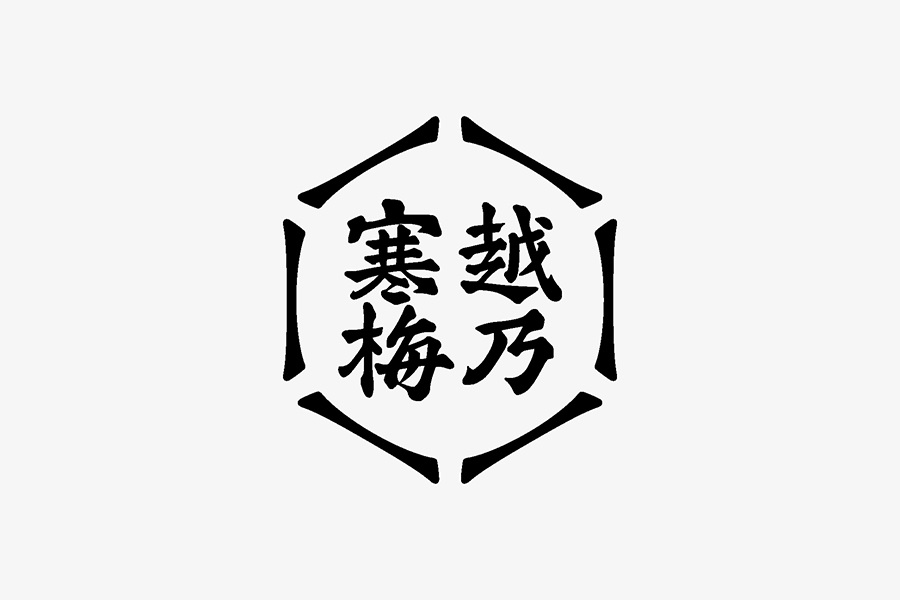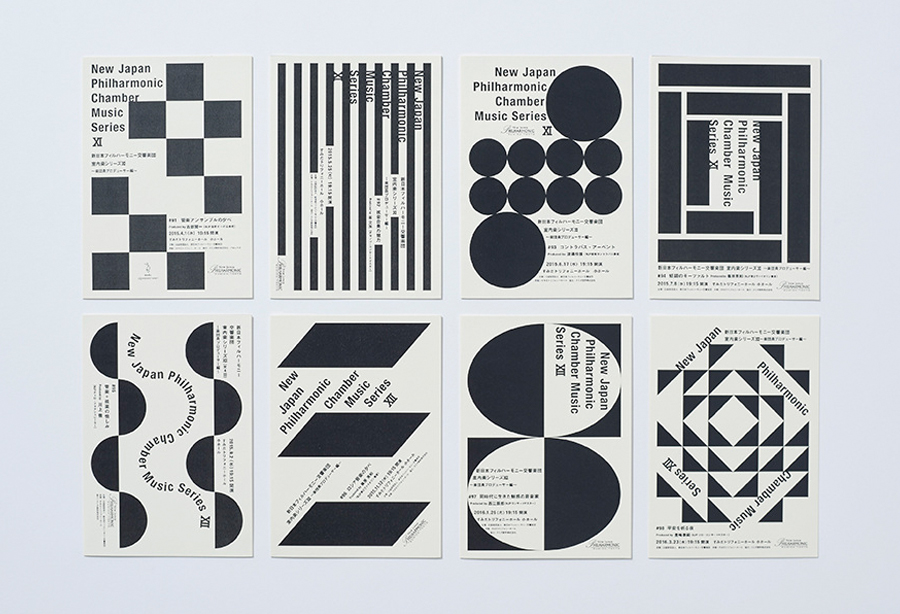Daigo Daikoku
Hiroshima Prefecture, 1979
Who’s Who
Daigo Daikoku is a talented Japanese art director and designer.
He graduated in visual communication design from the Kanazawa Bijutsu Kogei Daigaku (the Kanazawa Art and Industrial Design University) in 2003. The same year he joined the NDC (Nippon Design Center)—Japan‘s major design agency founded in 1959—and started working for internationally renowned designer
Kenya Hara at the Hara Design Institute.
In 2011 he established his own firm, Daikoku Design Institute, in Ginza, Tokyo, mainly focusing on company graphics, packaging, advertising design, ando also working with various media and scales from two-dimensions to three-dimensions, video, and space. He designed identity systems for some Japanese major museums and companies including Muji, Takao 599 Museum, Ohya Underground, and others.
His work has been awarded important recognitions including the New Designer Award from the JAGDA (Japan Graphic Designers Association), the Hiromu Hara’s Memorial Prize from the Tokyo ADC, D&AD Yellow Pencil Award, Good Design Award, SDA Excellence Award, and the New York ADC Gold Award.
Enjoy your reading,
 TO THE TOP ↑
TO THE TOP ↑
Q&A
Published Feb 28, 2017
Recorded Jan 6 and Feb 1, 2017
What job did you want to do in the future as a child?
The astronaut.
What was your favourite game as a child?
Playing outdoor and flying paper planes.
And your favourite subject at school?
Drawing and handcrafting, physical education, and physics.
What is your definition of design?
Design is the process to visually express the essence of things. It is the way to visually communicate thoughts and messages. I think that design is philosophy.
What is the purpose of design?
I think the goal of design is to produce high-quality, and moving communications that offer new perspectives to people. I believe that design has the power of moving people’s heart beyond ethnic and cultural boundaries.
What are the qualities of good design?
It shouldn’t be superficial or self-satisfied, but beautiful, original, and critically engaged.
Should design produce things which are necessarily useful?
I don’t think so. Something useful is for sure mostly needed, but beauty and new perspectives would move people’s heart.
Should the products of design be beautiful?
Yes. Beauty is one of the most important criteria for me. I have been inspired by many beautiful works of art and design. Designing beautiful things is a most important goal to me, as a designer.
What do you think are the aspects to consider to understand if a project is of high quality?
I think the quality of a project does not only lie in its appearance but mostly in its substance. Design may influence society precisely to the extent that it communicates its substantial aspects.
What are the key features of your design?
The key feature of my design is its multi-disciplinarity. It extends to various scales and media from two-dimensions to three-dimensions, video, and space design.
What is the necessary condition to practice design?
The creative mind needs to be in a constant quest and under a constant critical scrutiny. It is fundamental to continuously search for good things. The only way to raise the level of your perceptiveness is to observe a lot of genuine things.
Do you think that design is one discipline common to many different fields—such as architecture, graphics, furniture, etc.—or that each field represents a specific discipline?
I think that design greatly differs depending on the field, because of technical matters such as know-how of materials, etc. However, I think that there is a general sense of beauty at the basis of design. I think that is possible to reach most interesting results by collaborating with people possessing this same sense of beauty but working in a different field.
What are the differences between design and art? Could design be art?
They can both move people’s heart, but they greatly differs in the approach that they require.
Do you think that the products of design should be conceived in order to be produced by the industry or by handmade production?
I think of design in terms of communication design, not products manufacturing.
To whom is design addressed? Is it for the masses?
It depends on the context, but it is not necessarily addressed to the masses.
Should the products of design be cheap or expensive?
I think that good design at a low price is a good thing, but too cheap prices can’t bring to creative ideas. A certain level of compensation is required in exchange for creativity. We have to support the work of designers.
Should design be ephemeral?
I don’t think so. Design can greatly influence the society.
Do you think that there are still schools and orientations in design?
I don’t think so. I think that design orientations are necessary, but I have never been influenced by the aesthetics of schools or orientations, like the Bauhaus. I think that my works simply reflect the environment in which I have been brought up and the Japanese aesthetic sensibility.
What is the future of design?
To communicate at both a global and a local scale will be for sure always needed. I think that design will better fit a global, multicultural, and multiethnic society by making things understandable to everyone.
Thank you very much.
Thank you.
© 2017 Daigo Daikoku, Nicola-Matteo Munari. All rights reserved.
TO THE TOP ↑
Portfolio
Fujita Kanko
Display panels (detail)
2010
Art direction for the Buddhist ground-breaking ceremony upon the commencement of major renovations to the three-story pagoda in the Chinzan-so Garden. The pagoda's three roofs were used as a motif for the ceremony's mark.
Muji Xmas
Advertising Campaigns
2010-11
Art direction and design of Muji’s Christmas global campaigns.
“The hopes and wishes of the world’s people are depicted in the warm light of some 20,000 candles.”
Hanarebanare ni
Poster for Particle Pictures
2011
A poster for Daisuke Shimote’s film “Hanarebanare ni”, which depicts the stories of three young people.
Musashino Art University
Posters and Booklets
2012-13
Series of brochures and posters for the Musashino Art University, Kodaira (Tokyo).
Polylogue
Logomark
2012
Logomark for Nippon Design Center’s Polylogue, a series of interviews and conferences promoting Japanese design.
Pristine
Packaging
2014
Yarn ball tags for Pristine (Avant Inc).
Tsubaki Oil
Packaging
2014
Packaging for the Sakurajima Museum.
Hokkaido Kiyosato
Packaging
2014
Packaging and identity design for Hokkaido Kiyosato potato liquor.
Takao 599 Museum
CI Program, Sign System, Exhibition Design
2015
Total direction for Takao 599 Museum based on the theme of nature.
“This Museum is at the foot of Mount Takao in Tokyo. In order to communicate the charm of nature, I was involved in art direction for the entire museum.”
Flowers Specimen
Specimens
2015
Acrylic flowers specimens for the Takao 599 Museum.
Takao 599 Museum
Poster
2015
Poster for the Takao 599 Museum.
Koshi no kanbai
Mark
2016
Mark and packaging for Ishimoto Sake Brewery.
New Japan Philharmonic Chamber
Brochures
2016
Links & Docs
Comments
If you wish to add a comment please feel free to write at
info@designculture.it
TO THE TOP ↑
Follow on Facebook
Partnerships

Archivio Grafica Italiana is the first digital resource to the Italian graphic design heritage. Founded by Nicola Munari in 2015.

Design consultancy based in Piacenza, Italy. Founded by Nicola Munari in 2015, it operates in the whole field of design.
TO THE TOP ↑
© 2013-17 Nicola-Matteo Munari. All rights reserved.

